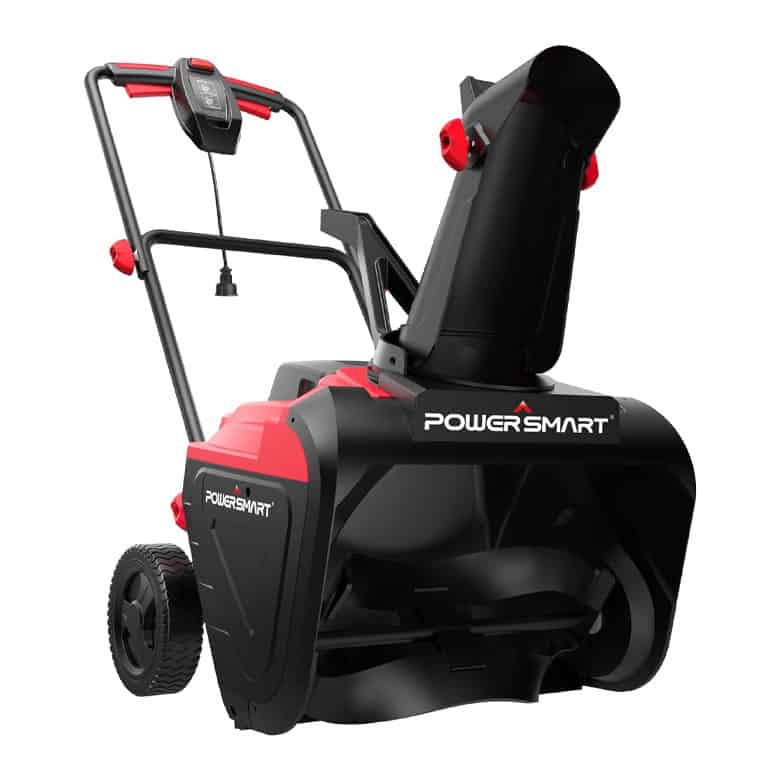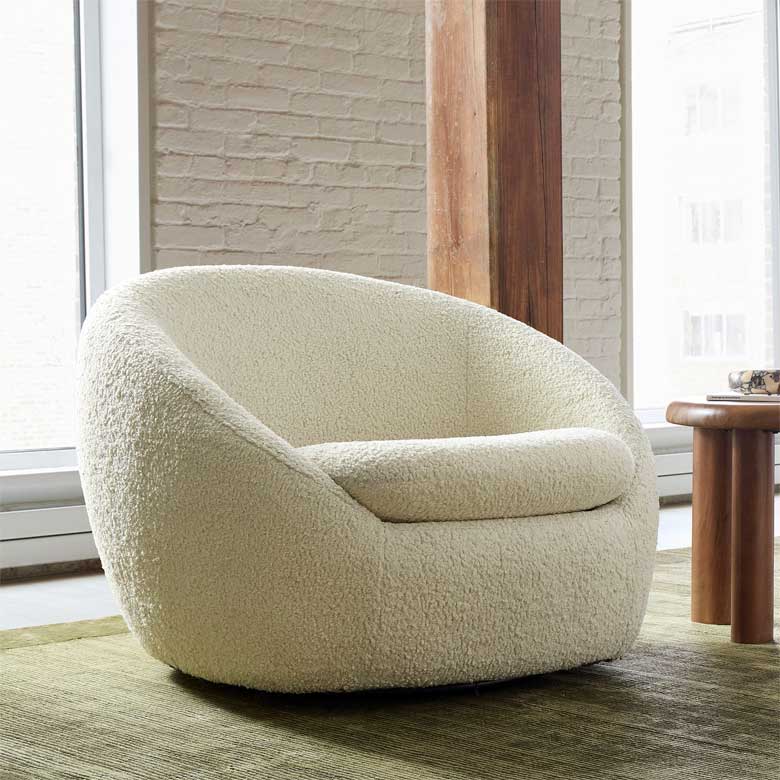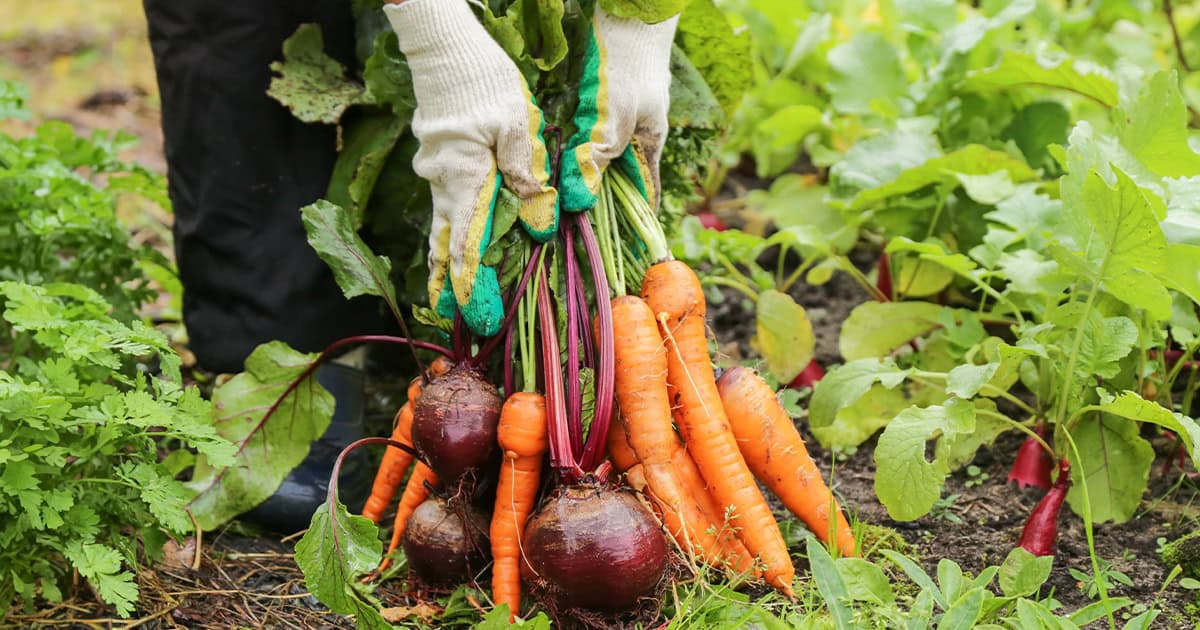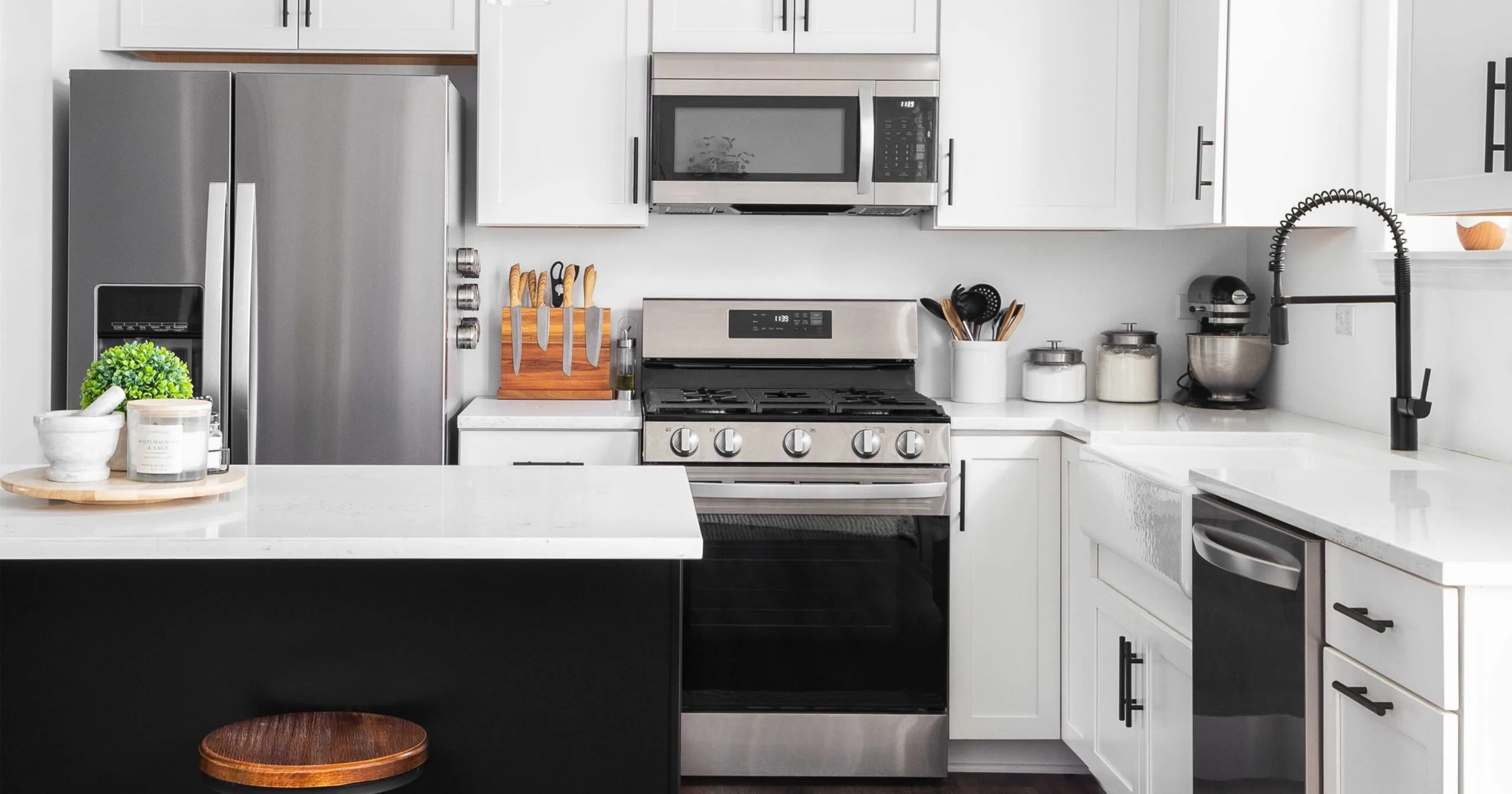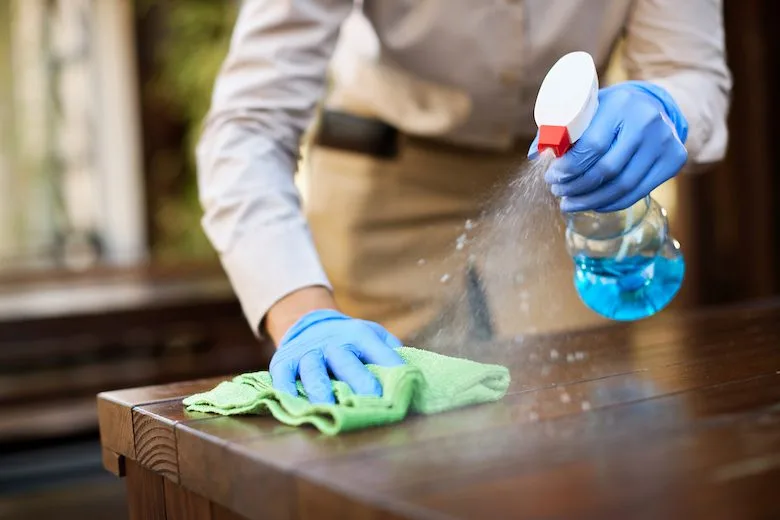How to Winterize Your House: 10 Things You Can Do Now

This site contains affiliate links to products. We may receive commission for purchases made through these links. Price at time of publish date may change.
The best time to winterize your home is in early fall, even if it’s still warm where you live. Getting a head start on this seasonal chore has many benefits: You’ll help ensure that your roof is in excellent shape before the first snowfall, you have all the gear you need to keep your driveway and walkway free of snow, you’ll heat your home efficiently all season long, and, most importantly, you’ll avoid any nasty surprises once temperatures drop. If you’re not sure exactly how to winterize a house, take heart: We’ve compiled the ten essential steps to help you get it exactly right.
In fact, winterizing your home is not a complicated process. We’re willing to bet that most people can check these items off their to-do list in a single Saturday. It’s all about planning ahead, so the earlier you can complete these tasks, the better. While you’re at it, get your indoors ready with a couple space heaters and check out all the editor-approved winter essentials that we swear by. And maybe even stock up on some cozy blankets while you’re at it, just to be safe!
How to Winterize a House
1. Prep Your Roof
First things first: Your roof is probably your top priority when it comes to winterizing your home. Inspect it thoroughly to make sure that it’s free of leaks, clogs, and missing or broken shingles. Or instead, hire a roof inspector to come out and provide a professional inspection. Consider investing in a snow rake to keep your roof clear of heavy piles of snow that could damage it or cause leaks.
2. Seal Cracks to Keep Cold Air Out
Apply weather-proofing strips around your doors and windows, and add caulk as needed to help ensure that all cracks are tightly sealed and cold air can’t seep into your space. You’ll not only stay warmer throughout the season, but you’ll also save money on your heating bill. You can even purchase some decorative draft stoppers to put in front of the door to the garage or your front or back doors for an added style element that’ll help keep the cold air out.
3. Protect Your Outdoor Furniture
There are some pieces of furniture that can’t be left outdoors all season long—so be sure to check the labels on your sofa and chairs to see if they’re weatherproof or frost-proof. If not, store them in your basement or attic. Store cushions and pillows inside, and cover any furniture that has to stay out with patio furniture covers. Same goes for your grill and any other outdoor decor.
4. Check Snow Shovels and Gear
You don’t want to wait until the first snowstorm of the year to discover that your shovel or snow blower is broken! Make sure that whatever you use to remove snow from your driveway is in good working order before you need to use it. Oh, and don’t forget about other winter essentials like waterproof mittens or gloves, hats, and snow boots.
5. Clear Your Gutters
Throughout the fall, you’ll want to regularly clear leaves and other debris from your gutters so that melting snow later in the season can drain properly. If you can’t get to your gutters safely, or you’d rather have a pro take care of that for you, you can call a rain gutter cleaning service in your area to make sure they’re correctly and thoroughly cleaned before snowfall.
6. Clean and Replace Your Furnace or HVAC Unit Filter
When it gets cold out, you’ll want to heat your home quickly—so make sure to get your unit dirt-free. Both the furnace filter and your HVAC filter should be replaced between every 30 – 90 days on average (how often will depend on the size of your filter), but this is especially important during the change of the season. Failing to change the filter can result in high energy bills, poor temperature regulation, furnace failures, and more.
7. Schedule a Chimney Inspection
Before you build your first fire of the season, have your chimney inspected and swept to ensure it’s clear of fire hazards such as leaves, branches, and bird’s nests. Annually scheduling a chimney inspection is important in order to prevent fires, avoid carbon monoxide exposure, and minimize the cost of chimney repairs in the long run.
8. Protect Your Pipes
Ensure that your pipes are properly insulated so they don’t freeze and burst this winter. Not every kind of water pipe needs to be insulated, but pipes that lead out of the hot water heater should be. Consult the handy guide here to find out more, or call on your local plumber or contractor to make sure the job is done correctly. In the end, you’ll be saving yourself big on money, energy, and water—better for the environment, and for your pocketbook.
9. Bring Plants Indoors
Preserve your favorite flowers all year long (and replant them next summer) by nurturing them indoors during the cold winter months. You might decide to house them in indoor flower boxes to put on display at the holiday dining table, or put them into pretty flower pots to decorate the inside of your home. It brings some life into the house during the cold months, and it also lets your flowers grow big and strong for the upcoming spring’s replanting.
10. Stock Up on Ice-Melting Salt
Avoid dangerous slips and falls by ensuring that ice doesn’t coat your walkways and driveway this winter. Sprinkling some rock salt or ice melt on concrete, brick, or blacktop will do the trick. It’ll melt the slippery ice that accumulates on walkways in about 25 minutes on average, so you can keep your sidewalk and stairs safer for everyone quickly. And make sure to buy one that’s pet-safe if you have a fur baby running around!

